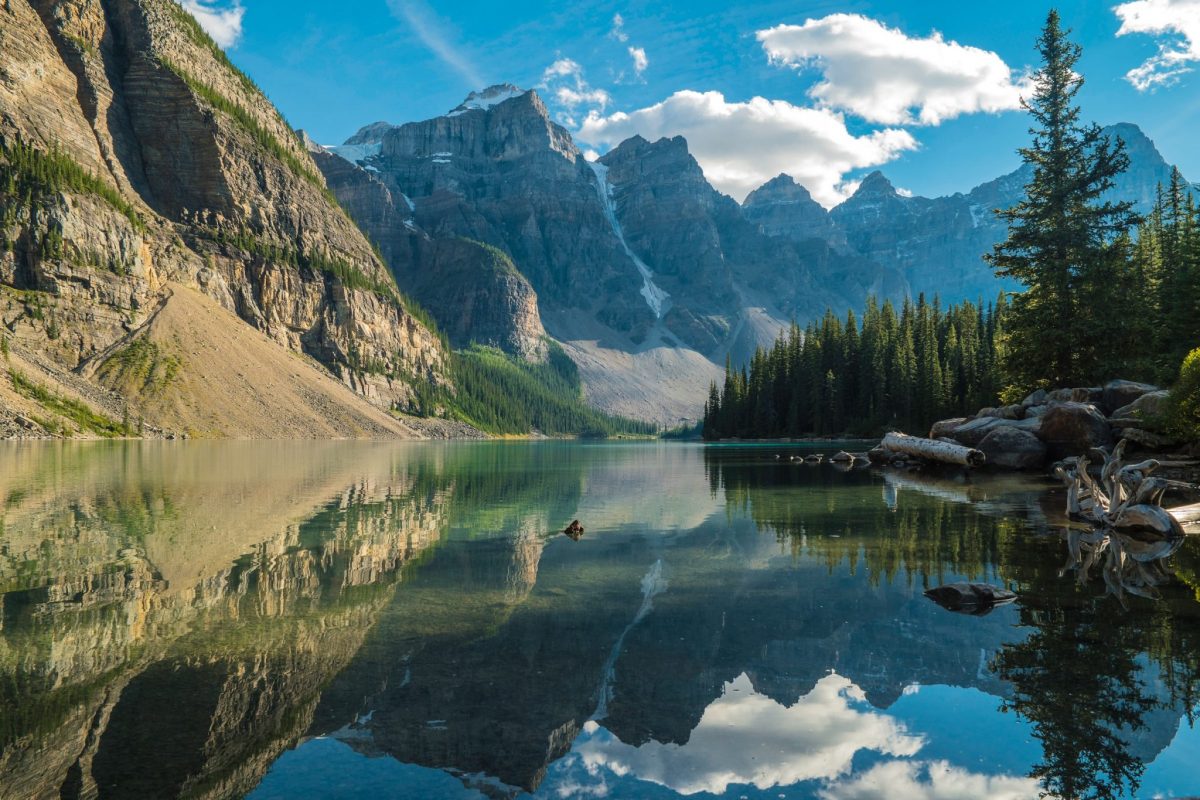Skift Take
A reputation for strict entry requirements, plus an unexpected variant and social disruption, is hard to undo. Canada's tourism businesses are certainly paying the price, despite a successful vaccination campaign. Will it be another lost summer for the U.S. neighbor, particularly given the rising fuel costs?
In 2021, Canada’s international arrivals reached 3.1 million or a drop of 86 percent compared to 2019 levels, according to Destination Canada. That’s a one percent percentage improvement over 2020, setting Canada a full year behind in recovery projections compared to the U.S.
But the slow rebound is continuing for Canada’s tourism businesses, because of the devastating impact of the Omicron variant. Reinstated border restrictions had a knock on effect on late winter and spring bookings, leading to cancellations from international visitors as well as event planners, and a dramatic drop in revenue.
Now Canada’s broader tourism industry groups — including TIAC, plus associations representing indigenous tourism, hotels, the arts, festivals and events — are pleading once more with Canada’s government to fully reinstate its subsidy program for tourism and hospitality so that Canada doesn’t lose yet another summer of travel recovery. The funding support, which provided up to 70 percent of wages and rent for businesses that are losing 40 percent of revenues month over month, was cut by half on Sunday as originally slated, and is set to expire on May 7.
“We’re just saying hey, our businesses got kicked in the can again, because of the additional restrictions because of Omicron, you need to adjust the program to reflect that reality,” said Beth Potter, president and CEO of the Tourism Industry Association of Canada (TIAC). “We lost three months of recovery. So we’d like to see this program, left full and extended by three months.”
In a survey conducted by the Hotel Association of Canada in February, more than 47 percent of its members said that with the government support programs reduced they’d have to take on more debt in addition to what they’ve already incurred in the past two years. Fifteen percent of HAC members also said they might not survive.
“Our spring season did not do as well as we had hoped and so we’re kind of looking at the last 10 meters of this race,” said Adrienne Foster, vice president of policy and public affairs at Hotel Association of Canada. “We’re so close to getting to this summer where we know that we can have a good summer if we can just make it there.”
Foster said that the continued government support on wages and rent would give hoteliers some breathing room to be able to predict and plan for a strong summer in terms of supply contracts and hiring. .
Additional asks from tourism’s private sector include the drop of border entry testing for fully vaccinated visitors, as a handful of provinces, including Ontario, have been ahead of the government in dropping vaccine mandates and masks. Potter said that the government’s hesitancy is due to it being cautious of the ability of Canada’s healthcare system to support potential increases in case counts, but that other priorities are now also overshadowing the tourism industry.
“We’re seeing a government who has spent a lot of money and has supported industry over the last two years — they did step up, and now they’re looking to kind of get back to normal business is what it seems, but the problem is we’re not all back to normal business,” said TIAC’s Potter.
International planners are also postponing events as a result of ongoing border entry testing requirements, a hard hit for the hospitality industry.
Friday is the two year anniversary that Canada closed its borders, Potter added, and the reality two years on is that Canada’s travel industry used to employ 2 million Canadians and used to generate $105 billion a year in revenue and is now half of what it was.
Perhaps of even greater concern is the potential reputational brand damage to Canada as an international tourism destination that could impose restrictions at any time, as well as one where there is social disruption as a result of the recent truckers’ protests in downtown Ottawa.
Both Potter agreed there’s been an impact in the eyes of the consumer, but also in the eyes of the future tourism workforce, which currently has an employment level that is equal to what it was in 2006 — a loss of 14 year of labor growth.
“We know that there is some reputational damage done to Canada as a destination,” said Potter. “We’ve heard from multiple markets that they think Canada’s closed for business, so we as an industry are working hard to try and combat that.”
This means encouraging Destination Canada, the government agency responsible for marketing the country, to be back out into the international markets, Potter added. “That has to happen and there needs to be a strong message there because we’re going to be competing with everybody else.”
For now, TIAC continues to encourage Canadians to travel domestic, but it is also aware that many are anxious to travel elsewhere.
“Now’s the time when people are making their decisions about what to do for summer, so we need the right parameters in place so that we can harness that. And I think we have to do it before the shock of the cost of fuel sets in and we’ll deal with that in September.”
The Daily Newsletter
Our daily coverage of the global travel industry. Written by editors and analysts from across Skift’s brands.
Have a confidential tip for Skift? Get in touch
Tags: canada, coronavirus recovery
Photo credit: Canada's tourism and hospitality industry is facing another potential lost summer rebound. Mark Koch / Unsplash
